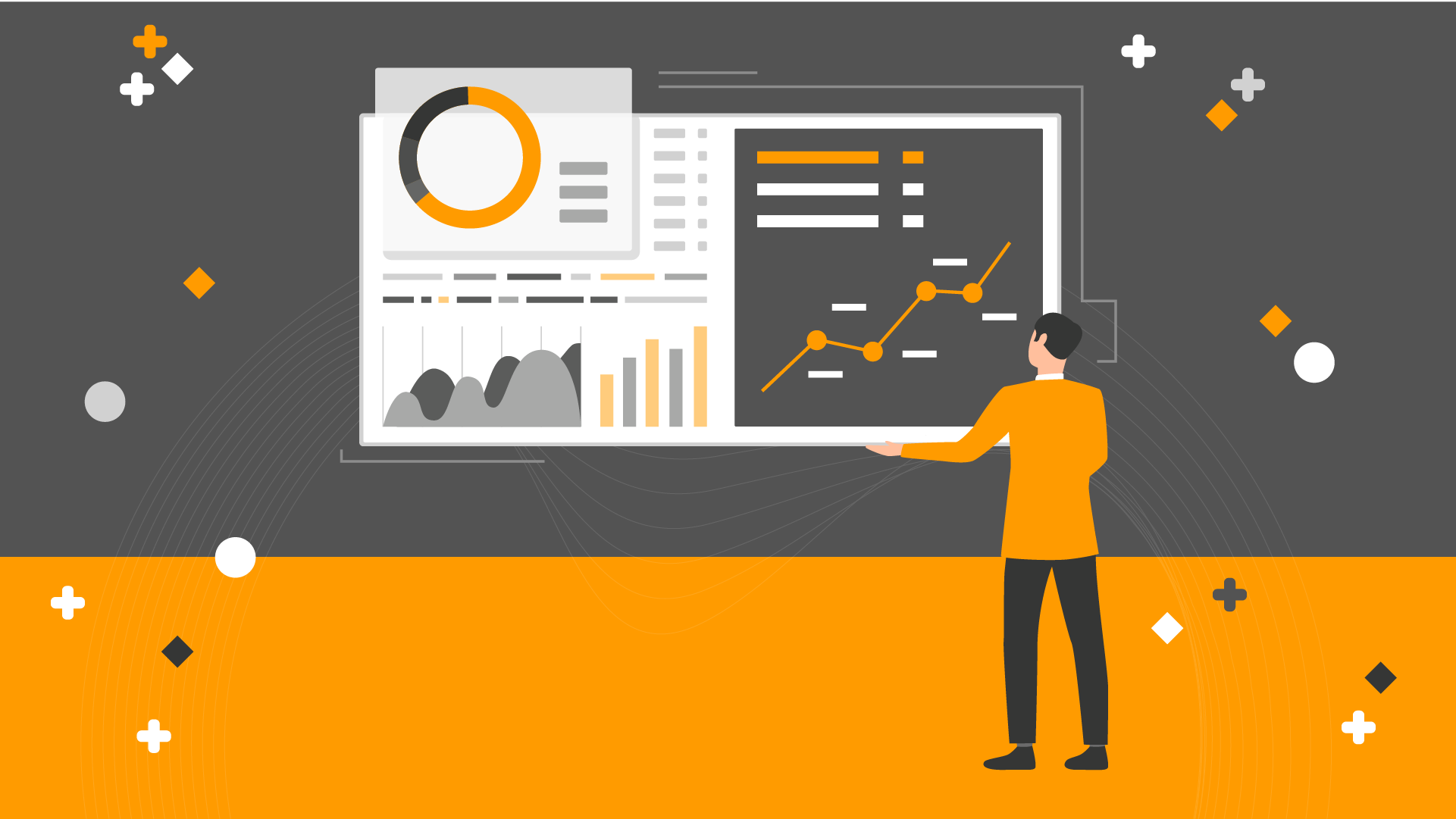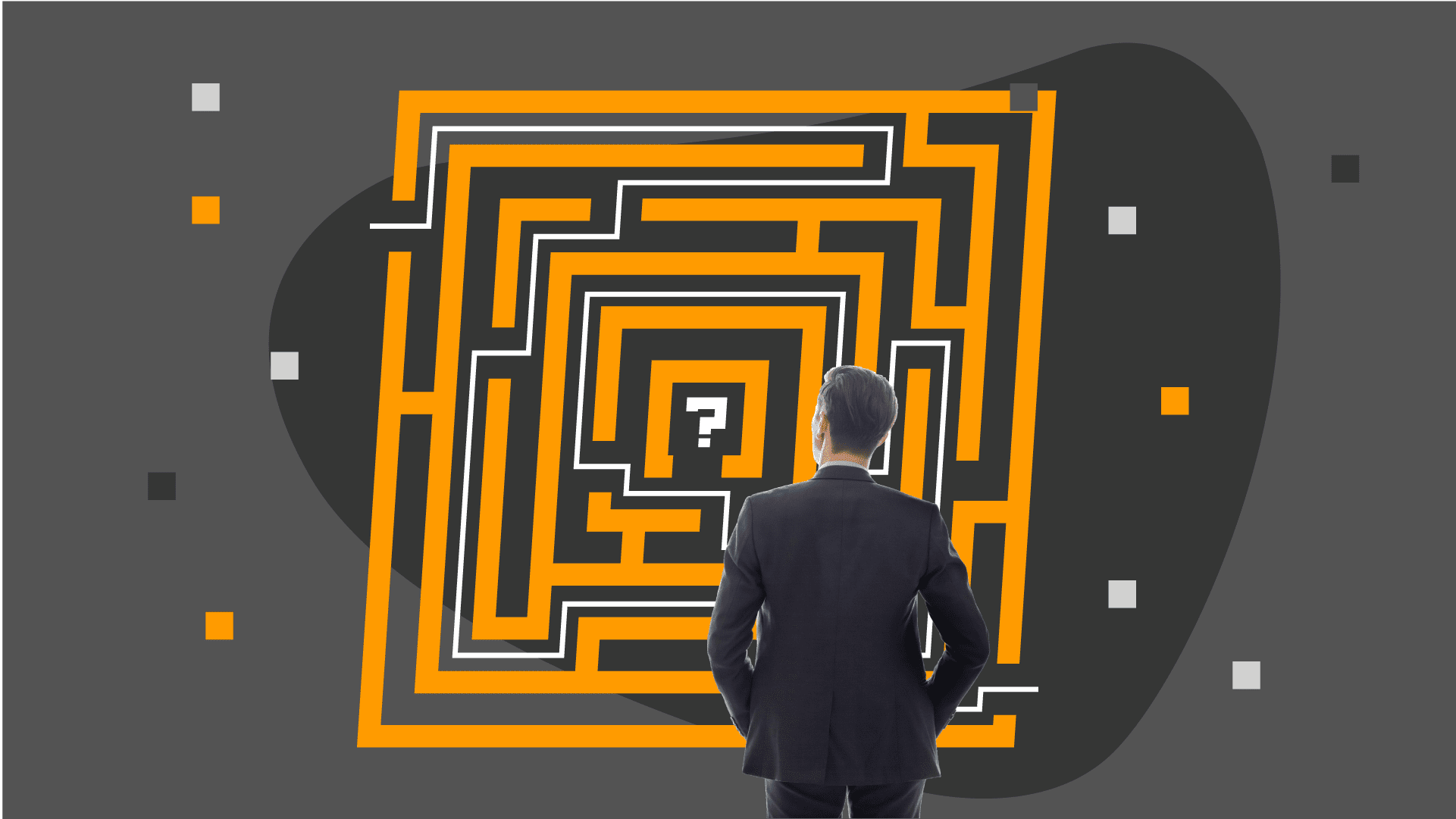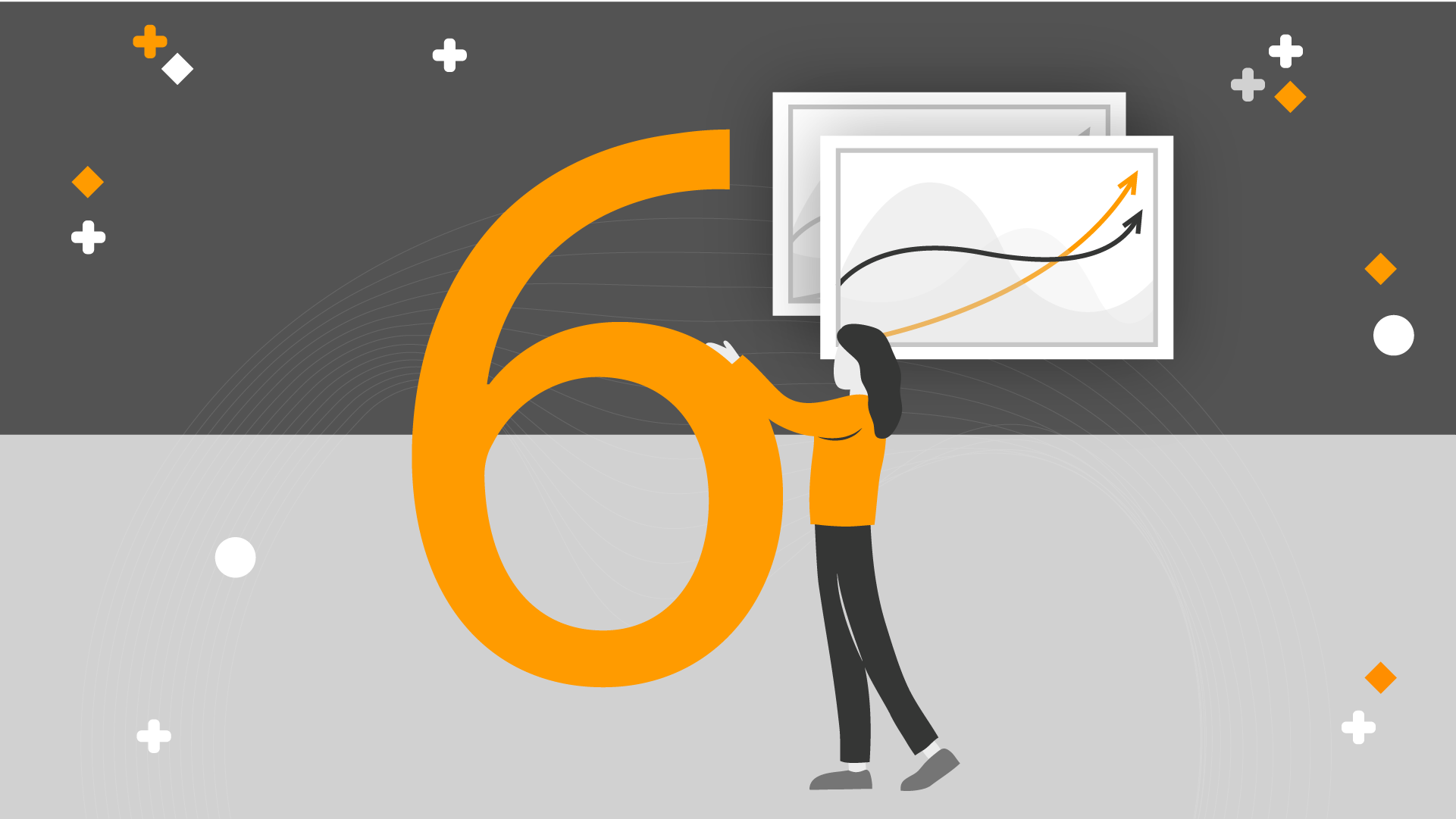From Numbers to Narratives: A Guide to Engaging Data Presentations

Data presentations have a bad habit of being part of the meeting where everyone secretly checks their phone. Not because the data isn’t important, but because it’s delivered like a sleep aid. Giant tables, 12-font bullet points, and pie charts that all look the same. You sit through the meeting, nodding while wondering what’s for lunch.
Hear us out, the numbers were never the problem: it’s how we’ve been telling their story that needs rethinking. When told right, data can become one of your most powerful storytelling tools.
This guide will show you how to turn your numbers into narratives: stories that stick, persuade, and inspire action.
Here’s what we’ll cover:
A Simple Framework to Craft Your Own Data Story
The last time you got completely hooked on a presentation, it probably didn’t start with a chart. It started with a story.
Maybe about a broken vending machine that somehow led the presenter to meet the love of their life. Or that one painfully awkward moment when they fumbled so badly, that the whole room laughed… then immediately felt bad about it.
And five minutes after that story? You realised you were -somehow- deeply invested in a talk about logistics optimisation.
That’s the magic of narrative structure. It works not just in books or movies, but in boardrooms, dashboards, and pitch decks too.
So when you’re building a data presentation, don’t think of spreadsheets or charts.
Think Netflix pilot.
Here’s a very simple and practical framework to do that:
- Start with the “So What?”What’s the one thing (and one thing only) you want your audience to remember or feel?
- Find the Human AngleWhat’s the real-life implication of this data? How does it impact people, time, money, emotion? Can you squeeze any stories in there?
- Use Narrative Structure Think of your presentation like the Matrix:
- Setup (the context, or hook)Neo is just an average guy. Cubicle job. Computer screens. He senses something’s off, but can’t put his finger on it.
- Conflict (the challenge or insight)
Enter Morpheus. The red pill. The chase. The truth: Neo’s entire reality is a lie, and he might be “The One.” - Resolution (what it all means or what needs to happen next)
Neo accepts who he is. He learns to bend reality, dodges bullets, and finally believes. He’s not just part of the system, he can change it.
- Build a Visual That Reinforces the MessageOne image or chart (or meme, if you will) that hits home is better than ten that confuse.
- Test It Out LoudPractice your presentation out loud. Practice delivering it to a 5-year-old (literally if you can get them to stay put or, figuratively). Does it flow? Does it sound like you talking to a colleague over coffee? If not, try swapping all the buzzwords.Remember, the aim is to build a connection, not to impress.
Why Data Alone Isn’t Enough
We love to say, “Let the data speak for itself.”
But data doesn’t speak. It needs a voice, a story.
Cognitive science backs this up: our brains are wired to remember stories, not spreadsheets. According to research by Thomas Graeber from Harvard Business Review, we are more likely to remember facts if they’re part of a story.
So, instead of saying: “59% of consumers prefer online shopping,” we can quickly turn it into a small and memorable story: “Picture this: 6 out of every 10 people you pass on the street would rather shop in pyjamas from their couch than go to a store.”
Now that’s something people can visualise.
Storytelling Starts With Context
One of the biggest mistakes people make in data presentations is dropping a stat like a mic and expecting applause. But numbers without context are like punchlines with no setup.
Let’s show you how with an example:
“The market is projected to grow by 4,600%,”
It’s vague, isn’t it? No one has an immediate idea of how big that is.
How about we try this:
“In three years, this market will be twice the size of the entire U.S. tourism industry.”
Now everyone knows it’s huge, instantly. Even if they don’t statistically know how big the tourism market is, they get the feeling. It’s big.
That’s simply putting raw data into a relatable context, which in turn, sticks and resonates with your audience.
Same data. Very different reaction.
Use Analogies That Make People Feel Something
Great stories create associations. And associations help people remember.
That’s simply a part of our biology.
So the quickest way to achieve that would be by inserting small analogies wherever we can.
If your product saves 2 hours a day, don’t just say that.
Say: “That’s like giving your team a three-day weekend, every week.”
If your platform serves a million users:
“That’s like the entire population of San Jose using your tool every day.”
These kinds of comparisons light up the brain.
They take the abstract and make it tangible.
Visuals: Don’t Just Show, Stage
Visuals are a crucial part of data presentation but not just because they look nice. So make sure they’re earning their place.
A graph with 14 colours, 3 axes, and labels that require a magnifying glass? That’s not helping anyone.
Instead, think of visuals as your sidekick. They’re there to back your story up, not steal the show.
- Go for clean, simple designs that highlight your message, not compete with it.
- Pick charts that tell a story at a glance: line charts for change over time, bar charts for comparisons, or scatter plots when you want to show relationships.
- And don’t be shy about adding a little guidance. A circle here, a quick note there: those small annotations can help your audience zero in on what actually matters.
Pro tip: tools like Flourish, Canva, and Power BI are fantastic for building storytelling-based visuals.
Real-World Data Storytelling in Action
Some of the world’s most beloved brands are phenomenal at turning raw data into rich stories. Here are a few worth stealing from:
- Spotify Wrapped:
They don’t just give you data, they turn it into a personal highlight you want to share. It’s playful, nostalgic, and entirely built on your own listening habits.
P.S.: Remember their campaign from a few years back?
The billboards read things like, “Dear person who played ‘Sorry’ 42 times on Valentine’s Day… What did you do?” Or the one that called out the 3,468 people who listened to “It’s the End of the World as We Know It” on the day of the Brexit vote?
That’s data, turned into a moment. A wink. A story you absolutely won’t forget.
- Strava’s Year in Sport:
If you’ve ever logged a run or ride on Strava, you know the dopamine hit of their yearly recap. They take your stats: miles run, elevation climbed, workouts logged and present them like a trophy case.
But here’s the genius part: instead of saying “You ran 200 miles,” they say, “You climbed Mount Everest. Twice.”
That’s the kind of analogy we talked about earlier, turning abstract numbers into something you can actually see and feel. It’s personal, epic, and totally share-worthy. A prime example of using data not just to inform, but to celebrate.
Notice the pattern now? Each uses data in service of a bigger story.
Common Pitfalls to Avoid
Here are a few traps you’ll want to dodge:
- Data Dumping: Throwing out every number you have and hoping something sticks. Be ruthless. Edit.
- Jargon Jungle: “Leveraging synergies to optimise ROI” is the fastest way to lose people. Use plain language. (Might be worth checking in with the five-year-old, again.)
- The Data Presentation Equivalent of Elevator Music:No one wants 12-point font and walls of text. Your data slides are not a script. Again, be ruthless with your edits.
Numbers Aren’t Boring. How We Present Them Can Be.
Great data presentation isn’t about being flashy. It’s about being clear, relatable, and intentional.
It’s knowing that your audience will forget a 10-digit growth percentage… but they’ll remember that your company’s revenue growth was enough to put 50 kids through college, fund a community center, or save 2,000 hours of work.
When you turn your data into a story, you’re not just informing, you’re connecting.
So next time you’re about to drop a stat in your deck, ask yourself:Is this a ‘someone played “Sorry” 42 times on Valentine’s Day’ kind of stat?
If it makes someone pause, smile, or lean in, well done.
You’re not just presenting data.
You’re telling a story they’ll remember.
And if you ever feel stuck turning your numbers into a story worth remembering,
ping us here.
We’re a presentation design studio that lives and breathes storytelling, and we’d be happy to craft your story together.




